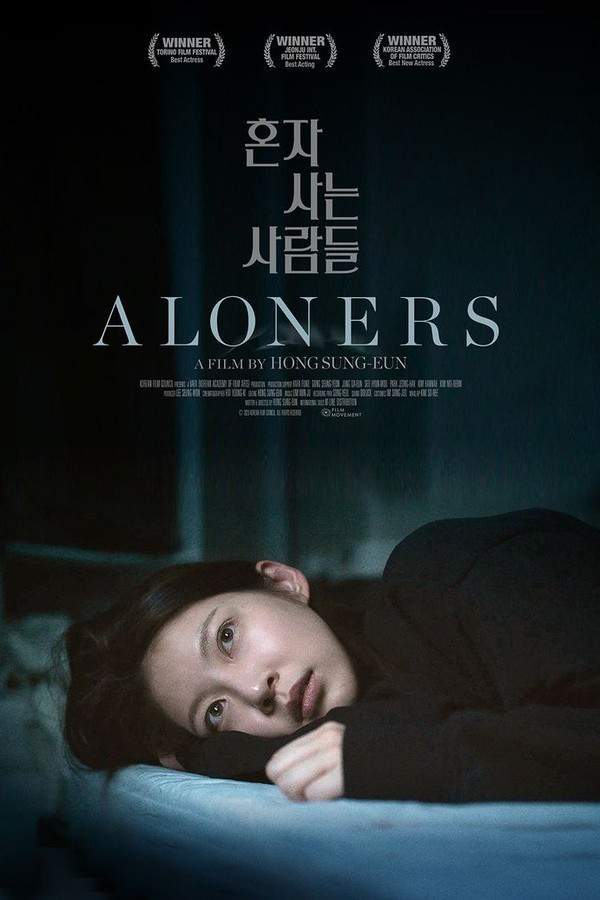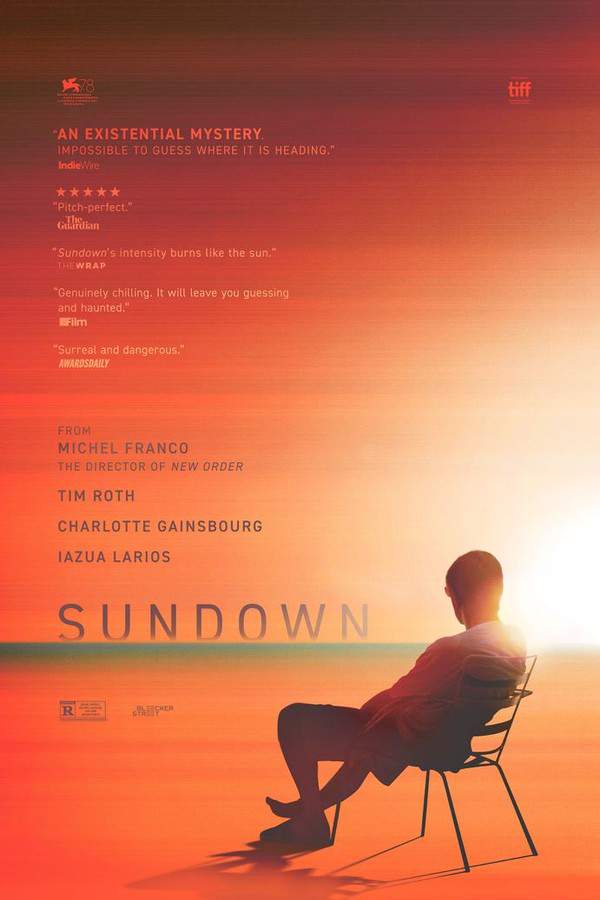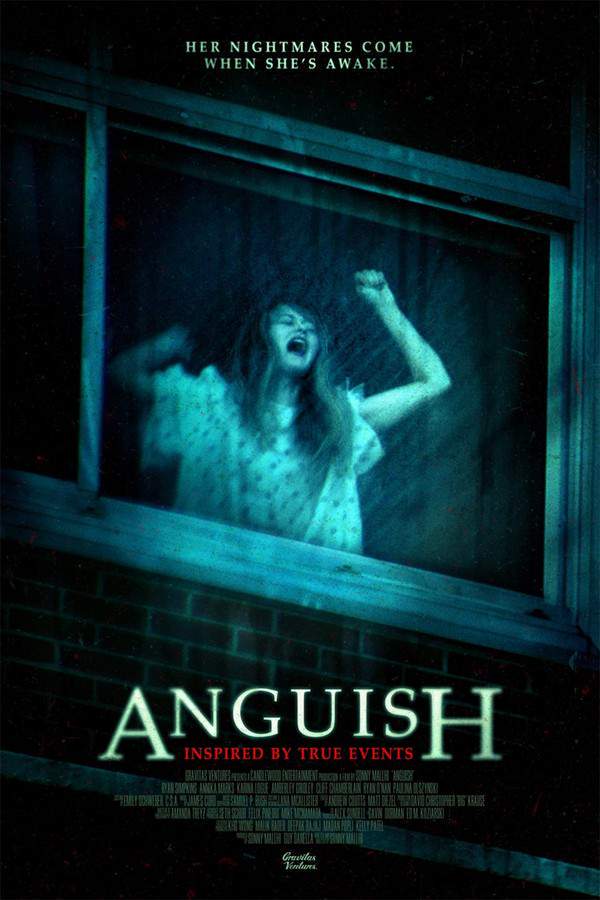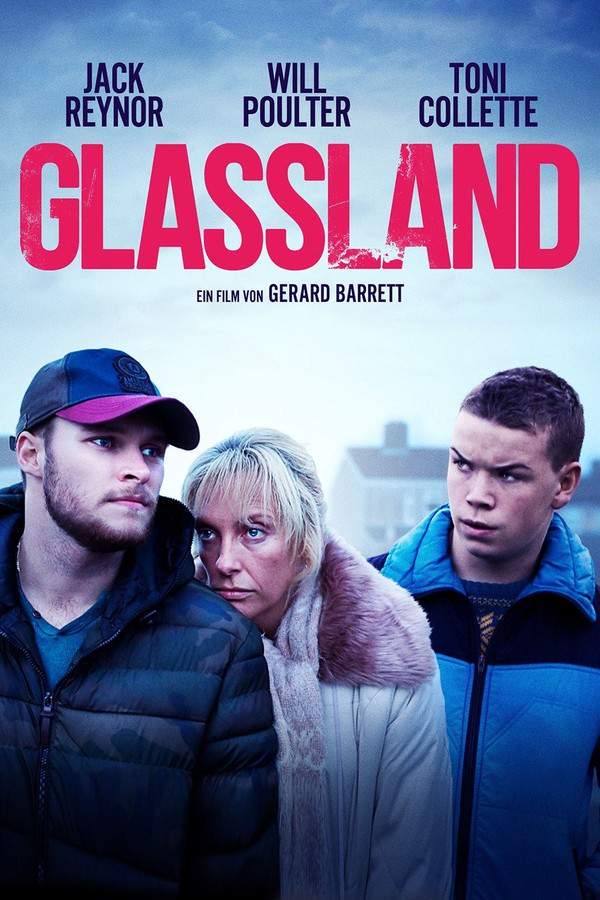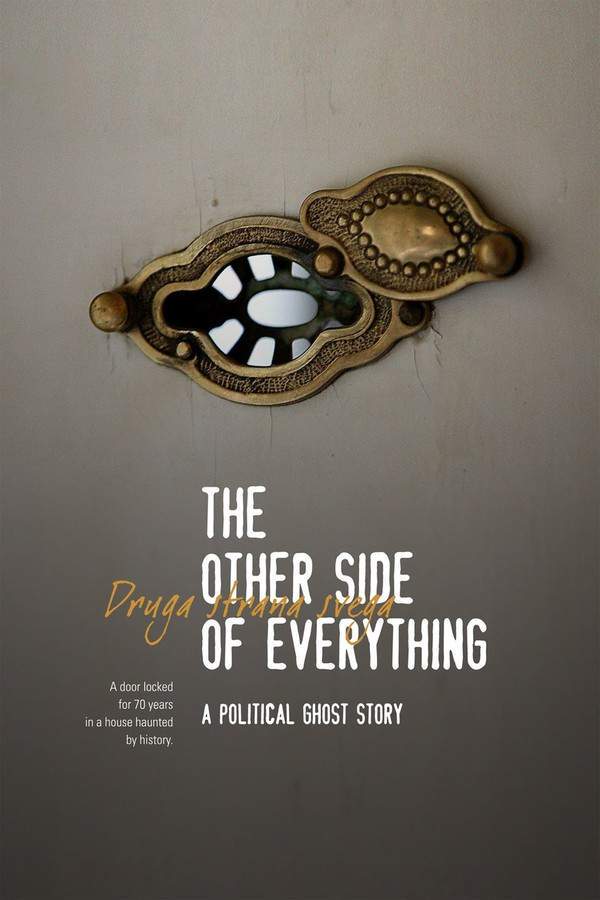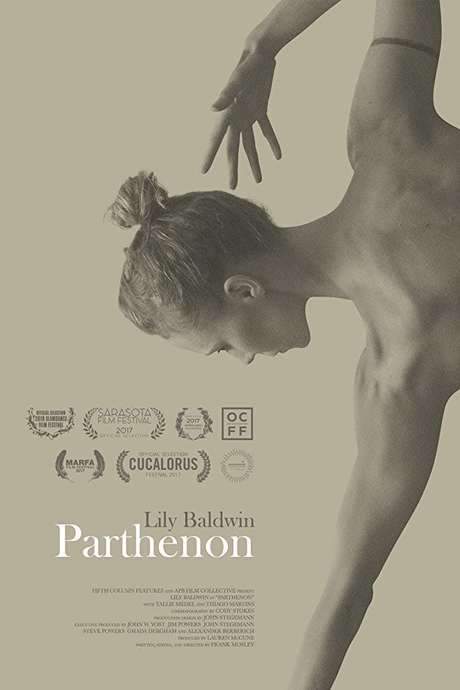
The Asthenic Syndrome
Year: 1989
Runtime: 153 mins
Language: Russian
Director: Kira Muratova
In earlier times the condition was called hypochondria or black melancholia; today it is known as the Asthenic Syndrome. The film follows Nikolai, a teacher whose class is made up of remarkably indifferent pupils, as he himself falls ill with the syndrome, confronting a pervasive sense of dread and emptiness that offers little solace.
Warning: spoilers below!
Haven’t seen The Asthenic Syndrome yet? This summary contains major spoilers. Bookmark the page, watch the movie, and come back for the full breakdown. If you're ready, scroll on and relive the story!
The Asthenic Syndrome (1989) – Full Plot Summary & Ending Explained
Read the complete plot breakdown of The Asthenic Syndrome (1989), including all key story events, major twists, and the ending explained in detail. Discover what really happened—and what it all means.
The film unfolds in two distinct halves, each with a starkly different visual mood: the first part is shot in black-and-white, while the second shifts to color, signaling a new perspective and a shift in storytelling pace.
In the opening, Natasha, Olga Antonova shines as the central figure as she attends her husband’s funeral. A sudden eruption of rage and despair overtakes her, and she steps away from the mourners, choosing provocative and volatile actions over expected decorum. After leaving the hospital where she works as a doctor, Natasha seeks connection in a reckless way, pursuing intimate contact with two strangers. The first encounter leaves her confused and angry, while the second crescendos into a impulsive fling that she immediately regrets. The encounter crescendos into a moment of panic when the stranger leans in for a kiss, and Natasha struggles to regain her composure. Yet the sequence ends on a note of fragile relief, as she accepts a rare act of kindness from a stranger, a rare thread of humanity amid her turmoil.
As the curtain lifts on the second part, the audience learns that the first portion was itself a film being screened in a theater. The color-tinted continuation centers on Nikolai, a tired and disillusioned school teacher who happens to fall asleep during the screening of the black-and-white film. The crowd around him disperses in a noisy rush, ignoring the screener’s plea to stay for a post-screening Q&A with the actress in the film—an ironic nod to the director’s own public persona. Sergei Popov plays Nikolai, a man worn down by life and work, who finds himself waking only to drift back into sleep.
Nikolai’s wandering interrupts his daily routines: he dozes off in the theater, nods off again on a crowded subway, and even nods off during a school meeting. The story hardens into a portrait of a man whose personal crisis seems to mirror a broader fatigue that grips him at moments when alertness is most required. The film introduces the term “Asthenic Syndrome” to describe his condition—an enduring slowness and weakness that render him unable to stay awake at pivotal moments. The narration makes clear that this is not just a medical label but a reflection of his cracked sense of purpose and vitality.
After a period of tension and introspection, Nikolai is admitted to a hospital for the mentally ill. There, he confronts a broader, unsettling insight: the people around him—those labeled as outliers or “crazy”—are not so different from those who cherish freedom and autonomy in ordinary life. This revelation shades his understanding of sanity, hinting that the boundaries between order and chaos are thinner than they appear. As time passes, he is discharged and attempts to reclaim some normalcy, only to fall asleep once more on the subway, this time carried forward by the passing night into a dark, enclosing tunnel.
Throughout the narrative, there is a quiet, insistent critique of how audiences engage with art and how personal suffering can bleed into everyday routines. The director’s voice—Muratova—appears to mock the public’s sometimes casual relationship with cinema and with the film’s own meta-commentary on fame and reception. The result is a meditation on fatigue, attention, and the thin line between wakefulness and surrender.
Together, the two halves form a complementary meditation on human fragility and resilience. Natasha’s impulsive search for connection contrasts with Nikolai’s weary, recurring battles with sleep and meaning. The film challenges viewers to consider how personal crises surface in moments of vulnerability, and how acts of kindness, even when small, can offer a fragile but vital counterbalance to despair. In its final image, the empty subway car glides toward a dark tunnel, leaving open questions about where sleep ends and life’s urgency resumes, and inviting audiences to reflect on the line between rest and wakefulness in their own lives.
Last Updated: October 09, 2025 at 14:23
Explore Movie Threads
Discover curated groups of movies connected by mood, themes, and story style. Browse collections built around emotion, atmosphere, and narrative focus to easily find films that match what you feel like watching right now.
Meditative mental health journeys like in The Asthenic Syndrome
Introspective films that map the weary landscape of a crumbling mind.If you appreciated the deep psychological exploration in The Asthenic Syndrome, you'll find similar movies here. This thread collects films that focus on mental fragility, existential fatigue, and the slow, introspective portrayal of characters confronting their own minds, often with a melancholic and ambiguous tone.
Narrative Summary
The narrative often follows a character's internal descent or stasis, where the primary conflict is psychological. The plot is secondary to the mood, focusing on the daily weight of existence and the fragile boundary between consciousness and surrender. Endings are typically ambiguous, reflecting the ongoing nature of the struggle.
Why These Movies?
These films are grouped by their shared commitment to portraying mental states with authenticity and artistic detachment. They prioritize mood and internal experience over conventional plot, creating a heavy, melancholic, and thought-provoking viewing experience centered on human fragility.
Complex meta-narrative films like The Asthenic Syndrome
Self-referential films that question the nature of art and reality itself.For viewers who enjoyed the self-referential structure of The Asthenic Syndrome, this thread highlights movies with complex, deconstructive narratives. Discover similar films that use meta-commentary, non-linear plots, and artistic framing to explore themes of art, reality, and audience perception in intellectually stimulating ways.
Narrative Summary
The narrative pattern involves a story that consciously references its own construction, often blurring the lines between different layers of reality. This can create a sense of dislocation and intellectual challenge for the viewer, as the film's form becomes part of its thematic content, exploring ideas about truth and fiction.
Why These Movies?
These films are united by their innovative and complex structures that serve a thematic purpose. They share a cerebral quality, using narrative complexity not just as a gimmick but as a tool to deepen the exploration of their subjects, resulting in a demanding yet rewarding experience.
Unlock the Full Story of The Asthenic Syndrome
Don't stop at just watching — explore The Asthenic Syndrome in full detail. From the complete plot summary and scene-by-scene timeline to character breakdowns, thematic analysis, and a deep dive into the ending — every page helps you truly understand what The Asthenic Syndrome is all about. Plus, discover what's next after the movie.
The Asthenic Syndrome Timeline
Track the full timeline of The Asthenic Syndrome with every major event arranged chronologically. Perfect for decoding non-linear storytelling, flashbacks, or parallel narratives with a clear scene-by-scene breakdown.

Characters, Settings & Themes in The Asthenic Syndrome
Discover the characters, locations, and core themes that shape The Asthenic Syndrome. Get insights into symbolic elements, setting significance, and deeper narrative meaning — ideal for thematic analysis and movie breakdowns.

More About The Asthenic Syndrome
Visit What's After the Movie to explore more about The Asthenic Syndrome: box office results, cast and crew info, production details, post-credit scenes, and external links — all in one place for movie fans and researchers.

Similar Movies to The Asthenic Syndrome
Discover movies like The Asthenic Syndrome that share similar genres, themes, and storytelling elements. Whether you’re drawn to the atmosphere, character arcs, or plot structure, these curated recommendations will help you explore more films you’ll love.
Explore More About Movie The Asthenic Syndrome
The Asthenic Syndrome (1989) Scene-by-Scene Movie Timeline
The Asthenic Syndrome (1989) Movie Characters, Themes & Settings
The Asthenic Syndrome (1989) Spoiler-Free Summary & Key Flow
Movies Like The Asthenic Syndrome – Similar Titles You’ll Enjoy
Attenberg (2012) Full Summary & Key Details
Parthenon (2017) Plot Summary & Ending Explained
The Despair (2019) Detailed Story Recap
Sick Sick Sick (2019) Complete Plot Breakdown
II (2019) Full Movie Breakdown
Alone (2001) Spoiler-Packed Plot Recap
Dying in Athens (2006) Movie Recap & Themes
Living Like the Rest of Us (1982) Complete Plot Breakdown
Hey, Lads and Lasses (1991) Movie Recap & Themes
The Student (2021) Spoiler-Packed Plot Recap
Girls at the Gynecologist (1971) Film Overview & Timeline
Oxygen Starvation (1992) Ending Explained & Film Insights
Anatomy of a Relationship (1976) Spoiler-Packed Plot Recap
Of Freaks and Men (1998) Ending Explained & Film Insights
Glamorous Youth (2009) Full Movie Breakdown



